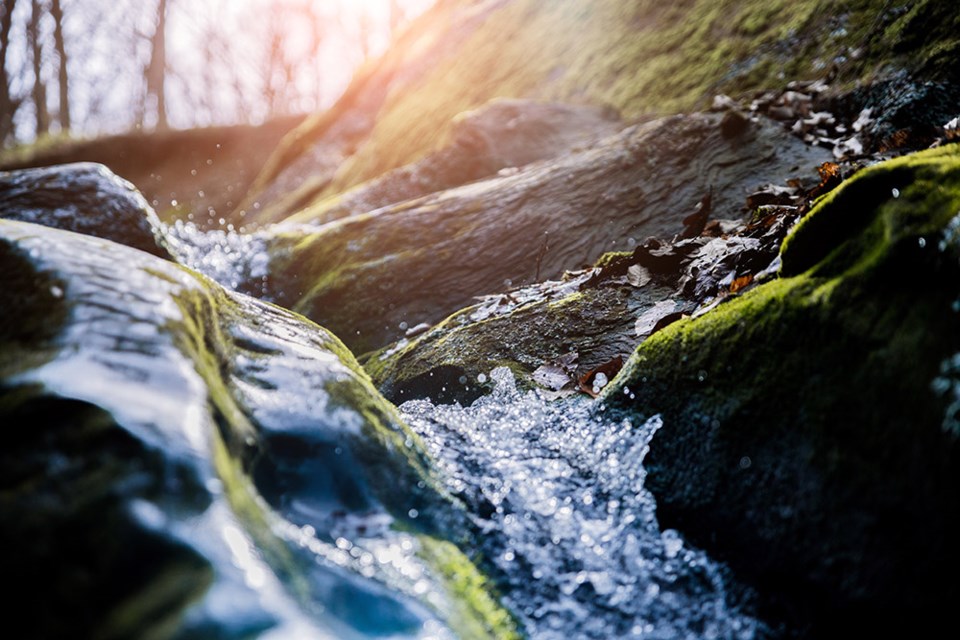CHARLOTTESVILLE – The Virginia Department of Forestry (DOF) is announcing a new program that provides landowners free, flexible riparian forest buffer installation plus one year of maintenance.
The Riparian Forests for Landowners (RFFL) program is a unique watershed-based partnership including DOF, the Alliance for the Chesapeake Bay, Friends of the Rappahannock, James River Association, Terra Habitats LLC, and York River Steward.
Riparian forest buffers are transition areas that protect streams, creeks or other water features by capturing sediment, nutrients and pollutants in the soil before they reach the water.
This program is open to all Virginia private property owners including homeowner associations and civic leagues in rural, urban and suburban areas. Funding is provided by the Inflation Reduction Act through the USDA Forest Service and the Commonwealth of Virginia’s Water Quality Improvement Fund Act. Complete this survey-style Landowner Interest Form and a DOF forester or partner organization representative will contact you.
“This turnkey program covers free services including planning, site preparation and planting of buffers, as well as one year of maintenance,” said RFFL Program Coordinator Deya Ramsden. “Trees established in these buffers will act as filters to provide cleaner water, reduce erosion and flooding, and help replenish underground aquifers.”
DOF is accepting continuous sign-ups for this program until funding depletes. Eligible projects will be awarded on a first-come, first-served basis with planned buffer establishment from fall 2024 to spring 2025, with follow-up maintenance support through 2026.
Buffer installation details:
- Buffers can be installed on open land adjacent to a water feature where a forested buffer of at least 35 feet in width from the water’s edge can be planted.
- Existing buffers may be expanded up to 300 feet from the water’s edge.
- Buffers may be planted with pine seedlings, hardwood seedlings or a mix of both.
- Buffers must be at least 35 feet wide and no greater than 300 feet wide per side from the water’s edge.
- Land must have less than 20% coverage by invasive plant species to qualify for this program.
- Landowners must agree to retain the buffer as forest for 15 years.
The water feature may be any of the following bodies of water, including:
- Streams
- Rivers
- Lakes, ponds and reservoirs/municipal water supplies
- Seeps and springs
- Karst features
- Sloughs
- Wetlands
- Water features within wetlands
- Fresh and saltwater marshes
- Irrigation ditches, canals and other man-made water features
For more information, visit the DOF website.



